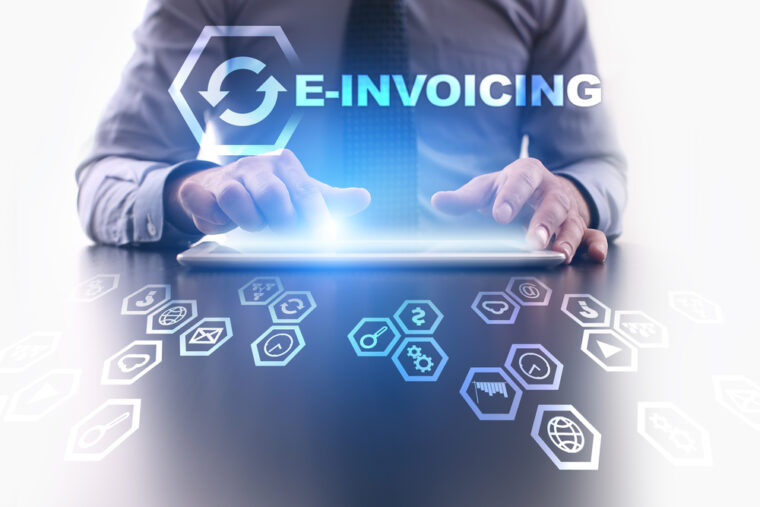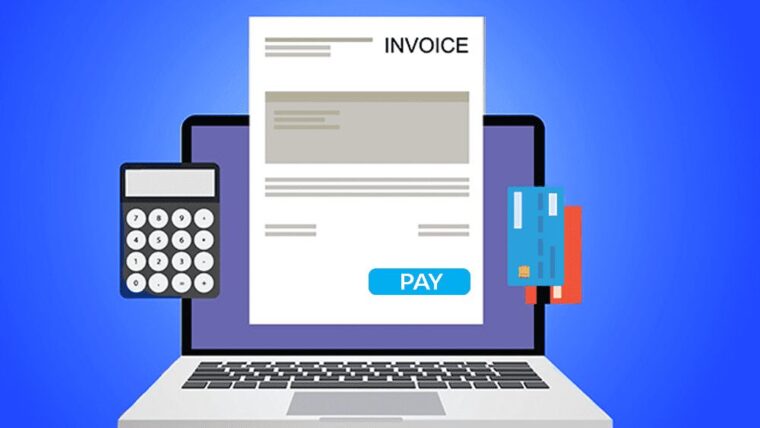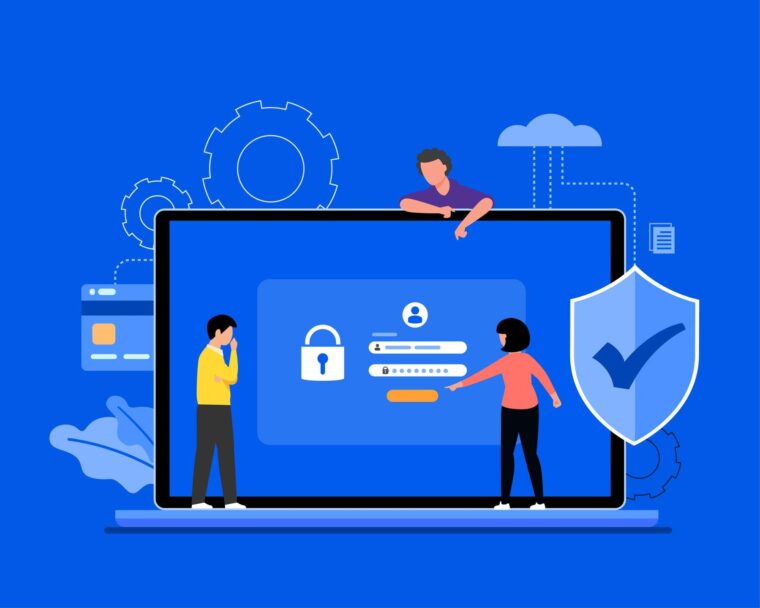In the digital age, electronic invoicing, also known as e-invoicing, has emerged as a modern alternative to traditional paper-based invoicing. It involves the exchange of invoices in a digital format, transforming how businesses manage financial transactions and interactions with clients. This article explores the significance of e-invoicing in streamlining business processes and enhancing financial efficiency.
Electronic invoicing offers a myriad of advantages that have revolutionized the way businesses handle their financial operations. It brings cost savings, increased efficiency, reduced environmental impact, and improved cash flow management, making it an indispensable tool for modern businesses.
Understanding Electronic Invoicing

The e-invoicing process involves creating digital invoices and transmitting them electronically to clients. It includes steps such as invoice generation, data validation, and secure transmission to ensure seamless invoicing Invoice template.
As e-invoicing gains popularity, governments and regulatory bodies worldwide have introduced guidelines and standards to govern its usage. Understanding the legal and compliance requirements is crucial for businesses to adopt e-invoicing effectively.
Types of Electronic Invoicing Systems
Direct e-invoicing allows businesses to send invoices directly to their trading partners‘ systems, simplifying communication and reducing processing time.
EDI involves the use of standardized data formats and communication protocols to facilitate automatic exchange of electronic documents, including invoices, between businesses.
Third-party e-invoicing platforms and service providers offer businesses user-friendly solutions for generating, sending, and receiving electronic invoices, making the transition to e-invoicing seamless.
Advantages of Electronic Invoicing

E-invoicing significantly speeds up the invoicing process, leading to quicker payment cycles and improved cash flow for businesses.
By eliminating paper-based processes, e-invoicing reduces costs associated with printing, postage, and manual data entry, contributing to enhanced financial efficiency.
E-invoicing minimizes human errors and discrepancies by automating data entry, resulting in more accurate and error-free transactions.
Embracing e-invoicing reduces paper usage and the need for physical mail transportation, making it a sustainable choice for businesses aiming to reduce their carbon footprint.
Implementing Electronic Invoicing
Businesses can seamlessly integrate e-invoicing into their accounting and enterprise resource planning (ERP) systems, streamlining invoicing processes and improving overall efficiency.
Security is paramount when dealing with financial transactions. Discussing the importance of secure data transmission and storage ensures that sensitive financial information remains protected from cyber threats.
E-invoicing Standards and Formats

Familiarizing businesses with widely used e-invoicing standards like XML, UBL, and PEPPOL helps promote a consistent and standardized approach to e-invoicing.
Adopting standardized formats ensures interoperability between different e-invoicing systems, enabling smooth and efficient communication between businesses.
E-invoicing Adoption and Challenges
Highlighting the increasing global adoption of e-invoicing showcases its growing significance in modern business practices.
Addressing common challenges faced by businesses during the transition to e-invoicing, such as technological barriers and resistance to change, provides valuable insights for a successful adoption.
E-invoicing Security and Fraud Prevention

Elaborating on the use of encryption and secure communication protocols assures businesses of the safety of their e-invoice data.
Discussing best practices and preventive measures, such as authentication and validation techniques, helps businesses safeguard against potential e-invoicing fraud.
Future Trends in Electronic Invoicing
Exploring emerging technologies like blockchain and artificial intelligence reveals their potential impact on revolutionizing the e-invoicing landscape.
Discussing the growing trend towards end-to-end digitalization and automation in the invoicing process envisions a more efficient future for businesses.
Conclusion
Summarizing the advantages of e-invoicing reinforces its transformative impact on modern business practices.
Urging businesses to adopt e-invoicing emphasizes its indispensable role in streamlining operations and fostering financial efficiency.
Envisioning a future where electronic invoicing becomes the norm signifies its potential to simplify transactions and contribute to a more sustainable and efficient global economy.
